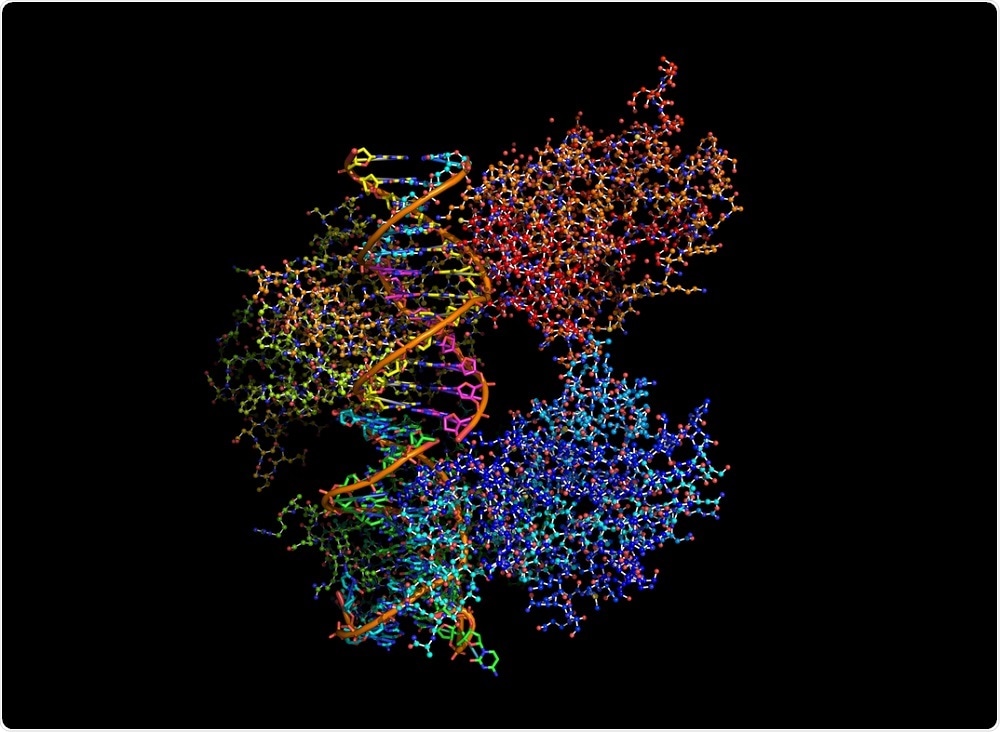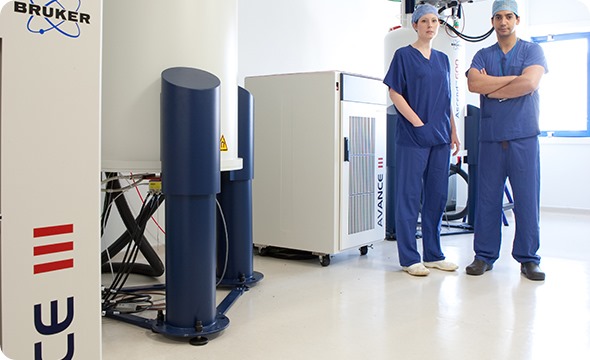An interview with Dr. Manfred Spraul from Bruker BioSpin, discussing AVANCE, an advanced NMR spectrometer that is being applied to the fields of epidemiology and metabolomics.
Can you give us an introduction to your work at Bruker?
My name is Manfred Spraul, and I’m in charge of a group of people who are working in business development and method development for what we call applied NMR. Our aim is to open new fields to NMR where we haven’t been before.
 ibreakstock | Shutterstock
ibreakstock | Shutterstock
Because of the extreme stability of our instruments, we can now really think about new applications: going to hospitals, going to food companies and just placing an instrument there that works completely under automation. This will open new perspectives, especially in the clinical area and translational research. We hope this area will generate a lot of business, but also contribute to a cost reduction in health care.
There is a major problem with the changing age distribution in the population - when you look at the age pyramid, you can see that people’s lifetimes are constantly increasing, and of course that also means diseases are getting more frequent, and the cost of healthcare is going up.
Therefore, one of our objectives would be to help with things like healthy aging, or disease prevention, which is very important because it’s much more efficient than just doing disease recognition or disease staging. Prevention is definitely preferable, and with the stability of our instruments, we can achieve this now. We can place an instrument into a hospital, for example, and not disturb the environment there.
Also, in places like food companies where there might not be an NMR specialist, they can use this instrument on a daily basis with full push-button automation, and generate results successfully.
Can you give a brief overview of the AVANCE™-IVDr product that Bruker is offering for the in vitro diagnostic research market?
The AVANCE™-IVDr is a 600MHz system, which actually is not the most sophisticated instrument, because what we want for this application is a system with minimum downtime that is easy to use; therefore, we have restricted the accessories to the absolute minimum, whilst including everything that is needed for the best spectral performance, in order to not be disturbed in any statistical analysis by a spectrometer’s influences.
You’re looking for very subtle effects sometimes, and whenever the instrument is producing disturbances it will be more difficult to actually look to those subtle effects; therefore, it is very important that this instrument has very high stability, which we have been able to achieve.
We also have a lot of accessories around the instrument, which are there to look into calibration samples and quality control samples that have to be run every day. This is also automated, so we can make sure that, as I said before, the MTA can operate everything. We also have software that produces automatic reports, and also helps to analyze the data, although this needs an NMR spectroscopist in the end.
At the moment, since we are in research mode, we cannot yet provide any diagnostics, but the information is there for a medical doctor to extract. Once the product is approved for diagnostic use, we will be able to create reports which will be used directly for disease detection. All of this has been developed now over several years, to the point where all sample processing is very simple and automated, and the confidence in the results is high enough to use them directly without needing to check them manually.

What are the essential benefits of using an AVANCE™ system and the NMR screening techniques it can provide?
It’s very important that you produce data which are exchangeable when you are dealing with very large studies. In epidemiology for example, in the UK there is the UK Biobank where there are currently about 500,000 people who have given urine and plasma, so we’re already talking about one million samples. That cannot all be handled by one instrument; we have to distribute the task over multiple instruments.
Also, if you think about epidemiology on a global basis, an instrument that is somewhere in South America or in the US must behave exactly in the same way as an instrument that is in Europe or in Asia. To make this possible, we have developed all the standard operating procedures, and we can now be absolutely sure that the spectra of a sample measured in two places are identical; if you subtract them, you would get zero.
This is really the basis that we need to do this worldwide rollout, and to get epidemiology studies on a worldwide basis. We can also look at longitudinal research, to create a model for how people change over time, using their metabolic profile.
We have built an age profile where you can see how the metabolic profile changes between 20 and 80 years of age. This was based on an epidemiology study, and from this we have a number for key findings – for example, at 40 years you have a very steep change in the metabolic profile, which happens again at 60 years.
So there is a lot of information that can be extracted also from these longitudinal type studies - how diseases develop, for example. All of this requires absolute stability of the instrument, and this performance that doesn’t need any interaction, because any manual interaction means that you get deviations in the data.
Can you tell us about the partnership with Imperial College, and the equipment that they use?
I personally started working with Jeremy Nicholson in 1985, when I published a Bruker report about urinary analysis. Jeremy read that, and then we had phone contact, and that was the start of this really long-lasting collaboration which is ever more active over time.
I think of this as a really perfect partnership - we have the generation of ideas on one side, the technical realization on the other side, and together this forms a very strong team.
Over time, instrumentation has been set up at Imperial College. We first started with the combination of chromatography, NMR and MS. We had a lot of important publications together using that equipment. Then it moved to high-throughput technology to do rat urine screening, for example, to look into drug toxicity.
This was a large project, with thousands of samples to be measured, and we needed a LIM system, to take all this information, take the orders to the instruments, do the preparation and so on.
Now, we are mainly working towards this clinical translational research, so our strategic alliance with Imperial College and St Mary’s Hospital is vital, to really push this field forward as fast as we can.

Where do you see the unique opportunities of NMR in clinical research applications worldwide?
Clinical research has a goal, and this goal is to eventually move into clinical diagnostics. This is where I see the main opportunities.
As we mentioned before, the stability of the instrument allows us to see very, very subtle changes - for example, when a disease starts to build, the effects in the beginning are very, very small, and NMR has the stability to be able to recognize those changes.
In that respect I would also see the possibility of having an annual or biannual check-up with your doctor, giving a urine sample and maybe a plasma sample, and getting back a lot of results which could give us an idea about the health status of the patient. So we think there can be a lot done in terms of, as I mentioned, reduction of cost in health care.
NMR in Diagnostic Research